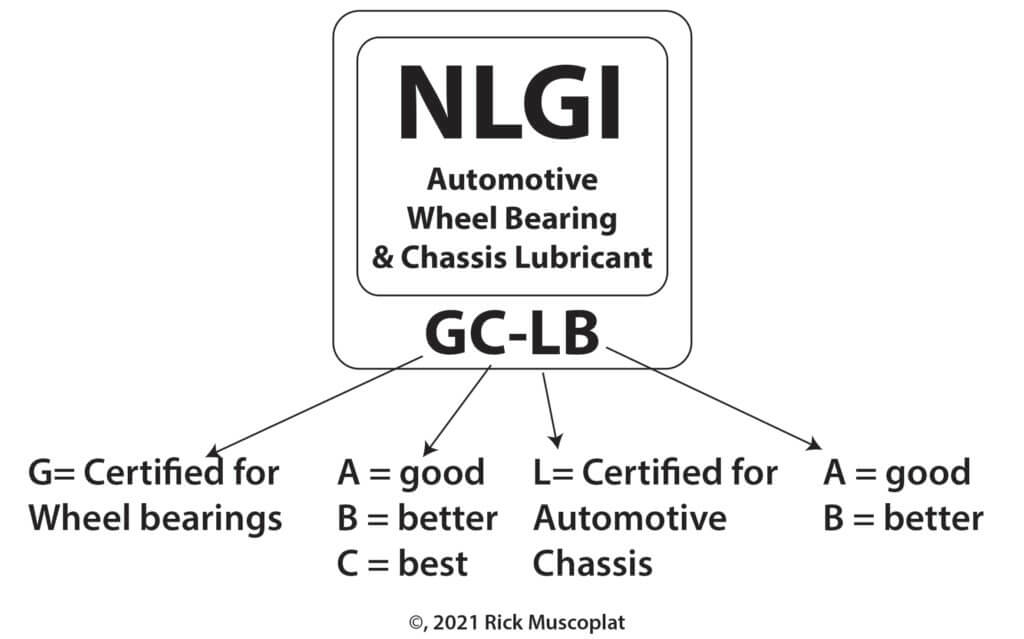Wheel bearing grease versus chassis grease
What’s the difference between wheel bearing grease versus chassis grease?
Think of grease as if it’s a sponge filled with oil. The “sponge” portion is non-detergent lithium soap made from fatty acids with anti-corrosive properties, water-resistant additives, and anti-wear additives. When combined, this mixture turns into a kind of gel. Oil is added to the gel to form the grease. So the difference between wheel bearing grease versus chassis grease is in the choice of the oil and the composition of the “sponge” material.
What is wheel bearing grease?
It’s a special grease designed to handle the extremely high shear loads that occur between the ball or roller bearing and the bearing race. In addition to surviving the shear load, the grease must also handle the high heat caused by friction and braking temperatures.
Many high-temperature bearing greases are made with added silicone to maintain stability at high temperatures. The more expensive bearing greases also contain molybdenum as an anti-wear additive. In fact, some carmakers require molybdenum wheel bearing grease.
The bearing and chassis grease rating system
Grease is rated on a four-letter scale as shown below.

Grease thickness rating
Grease thickness is rated on a 0 to 6 scale, with 0 denoting a soft, almost liquid consistency and 6 denoting a “hard” or “thick” consistency equivalent to soft cheese.
Most wheel bearing greases for automotive use are rated at 2, a thickness close to creamy peanut butter
The difference between bearing grease and chassis grease/general-purpose grease
Grease can be rated to work in bearings and chassis components like ball joints and tie rod ends. However, to use a chassis grease for wheel bearings, it must contain the “G” designation to designate that it can handle the higher temperatures found in wheel bearings.
Can you mix different types of greases?
No. When repacking wheel bearings you should not use different types of grease. In fact, you should thoroughly remove all the old grease and repack it with fresh grease. Old grease has worn out anti-corrosive and anti-wear additives, along with components of thermal breakdown. Combining new grease with old grease will result is less optimal lubrication and cooling.
This applies to chassis grease as well. If the ball joint or tie rod end isn’t sealed, pump in the new grease to force all the old depleted grease out.
I recommend Valvoline’s Full Synthetic Moly-Fortified Grease because it has a synthetic base and includes molybdenum. It’s grease rating is GC-LB. Find more information about it here.
©, 2021 Rick Muscoplat
Posted on by Rick Muscoplat